IBM has revealed the 10th generation of its IBM POWER central processing unit (CPU) family: the IBM POWER10.
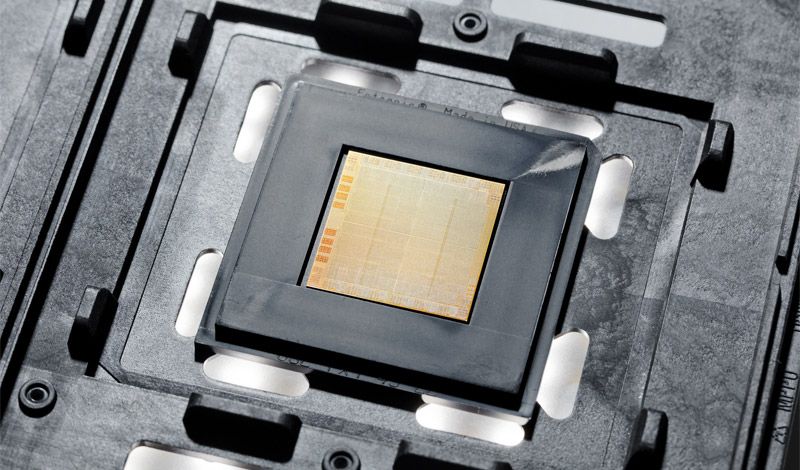


An international leader in quantum computing, architect of the U.S. National Quantum Initiative, and member of the National Academy of Sciences, Chris Monroe will join longtime long-distance collaborators at Duke to build practical quantum computers for use in fields from finance to pharmaceuticals.
Circa 2017
Positron emission tomography (PET) image synthesis plays an important role, which can be used to boost the training data for computer aided diagnosis systems. However, existing image synthesis methods have problems in synthesizing the low resolution PET images. To address these limitations, we propose multi-channel generative adversarial networks (M-GAN) based PET image synthesis method. Different to the existing methods which rely on using low-level features, the proposed M-GAN is capable to represent the features in a high-level of semantic based on the adversarial learning concept. In addition, M-GAN enables to take the input from the annotation (label) to synthesize the high uptake regions e.g., tumors and from the computed tomography (CT) images to constrain the appearance consistency and output the synthetic PET images directly.
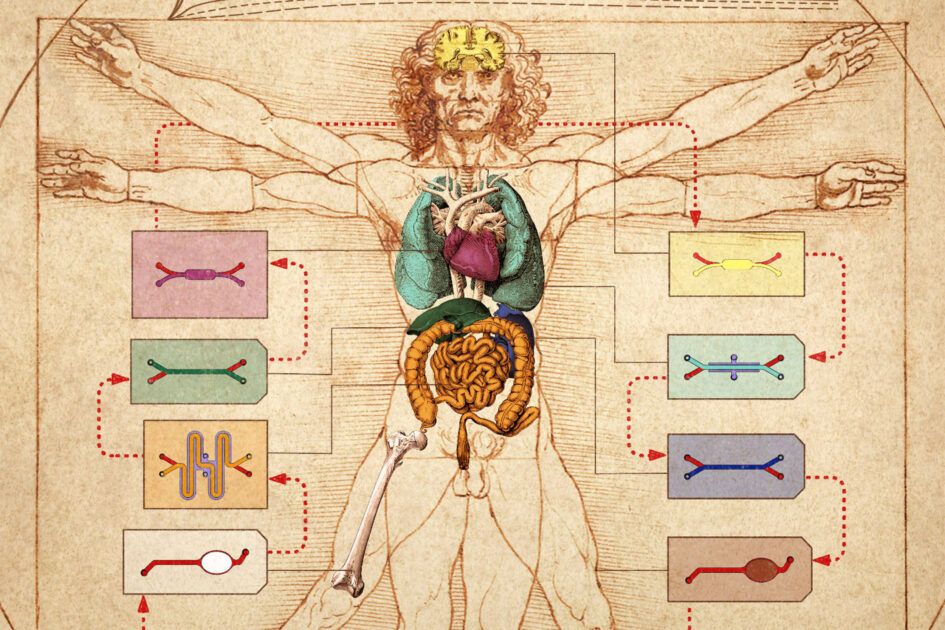

Research is showing a strong link between handgrip strength, walking speed, and cognition, indicating how improved physical health could boost elderly minds.
Based at Barwon Health, in the heart of Geelong’s clinical health precinct, researchers are working to identify the risk factors —such as changes in muscle mass, muscle strength and physical performance—for developing sarcopenia (loss of muscle mass, strength and function with advancing age) across the lifespan.
This testing involves the Geelong Osteoporosis Study (GOS) which began in the early 1990s, gathering adult participants from the electoral roll in the Barwon Statistical Division. During recent follow-up testing, researchers also measured cognitive function through a computer-based program, in tandem with physical health evaluations.

Light is notoriously fast. Its speed is crucial for rapid information exchange, but as light zips through materials, its chances of interacting and exciting atoms and molecules can become very small. If scientists can put the brakes on light particles, or photons, it would open the door to a host of new technology applications.
Now, in a paper published on Aug. 17, in Nature Nanotechnology, Stanford scientists demonstrate a new approach to slow light significantly, much like an echo chamber holds onto sound, and to direct it at will. Researchers in the lab of Jennifer Dionne, associate professor of materials science and engineering at Stanford, structured ultrathin silicon chips into nanoscale bars to resonantly trap light and then release or redirect it later. These “high-quality-factor” or “high-Q” resonators could lead to novel ways of manipulating and using light, including new applications for quantum computing, virtual reality and augmented reality; light-based WiFi; and even the detection of viruses like SARS-CoV-2.
“We’re essentially trying to trap light in a tiny box that still allows the light to come and go from many different directions,” said postdoctoral fellow Mark Lawrence, who is also lead author of the paper. “It’s easy to trap light in a box with many sides, but not so easy if the sides are transparent—as is the case with many Silicon-based applications.”
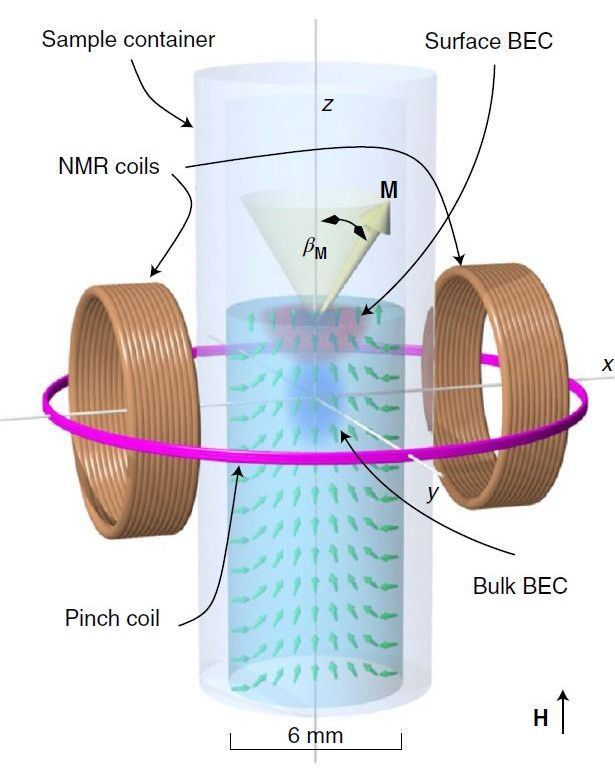
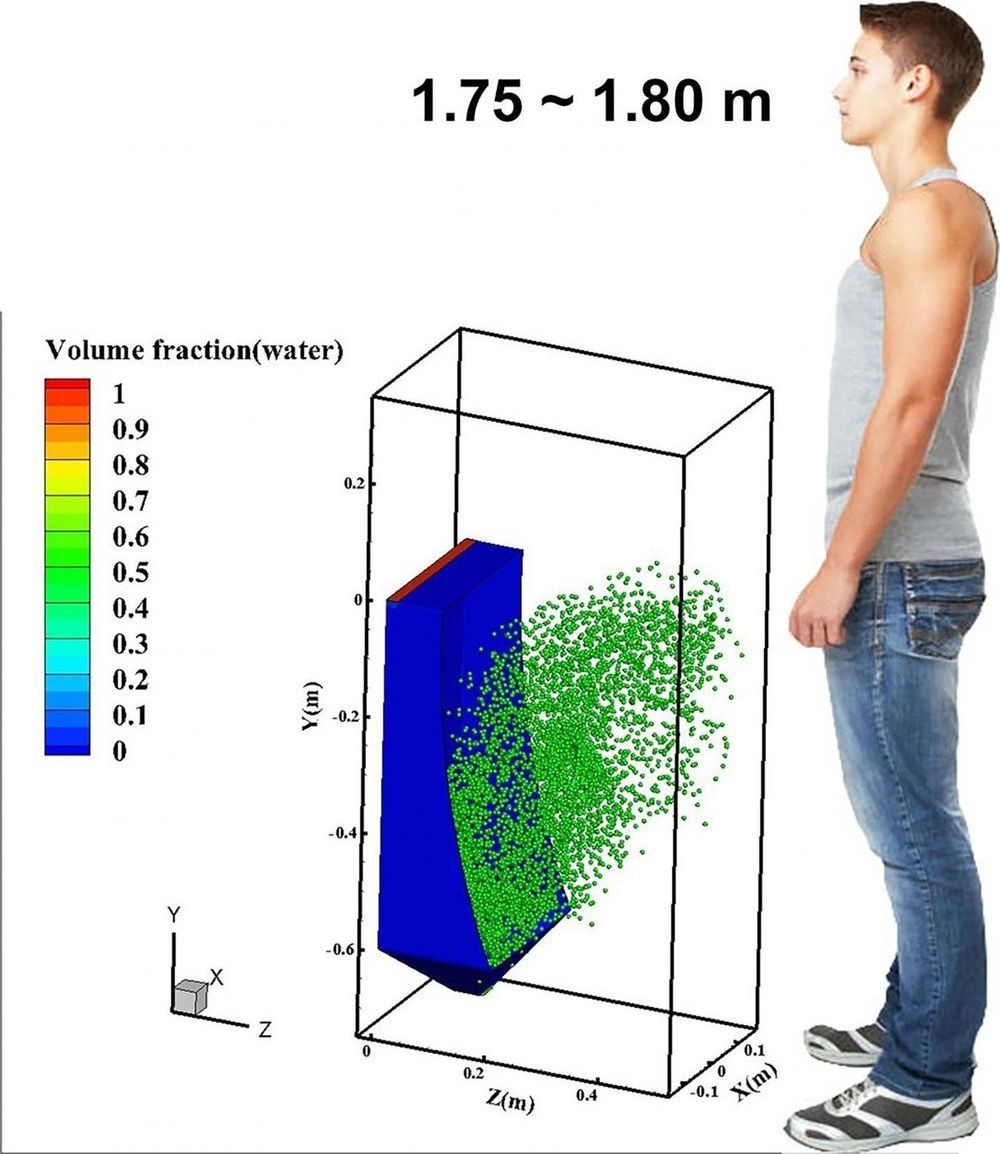
Think you don’t need to worry about COVID-19 while using a public restroom? A group of researchers from Yangzhou University in China recently reported that flushing public restroom toilets can release clouds of virus-laden aerosols for you to potentially inhale.
If that’s not cringeworthy enough, after running additional computer simulations, they’ve concluded that flushing urinals does likewise. In Physics of Fluids, the group shares its work simulating and tracking virus-laden particle movements when urinals are flushed.
The researchers’ work clearly shows public restrooms can be dangerous places for potentially becoming infected from a virus, especially during the COVID-19 pandemic. Other work has shown that both feces- and urine-based virus transmission is possible.
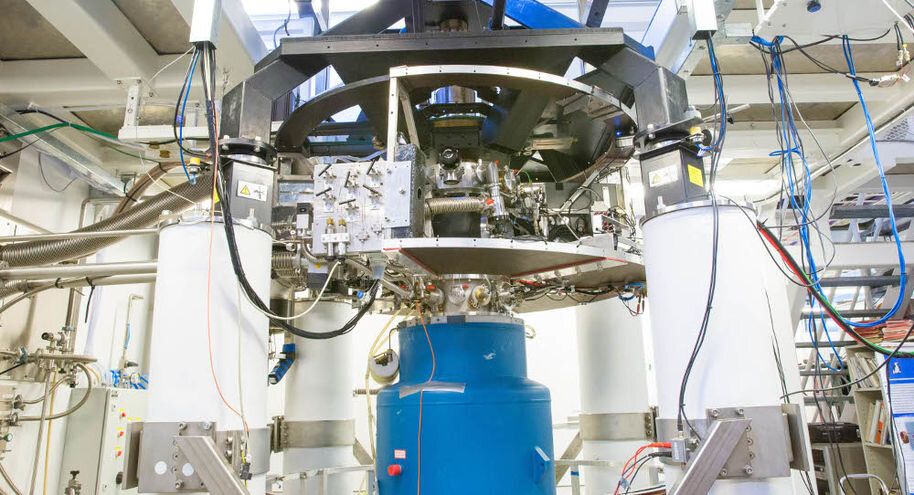
For the first time ever, scientists have witnessed the interaction of a new phase of matter known as “time crystals”.
The discovery, published in Nature Materials, may lead to applications in quantum information processing because time crystals automatically remain intact—coherent—in varying conditions. Protecting coherence is the main difficulty hindering the development of powerful quantum computers.
Dr. Samuli Autti, lead author from Lancaster University, said: “Controlling the interaction of two time crystals is a major achievement. Before this, nobody had observed two time crystals in the same system, let alone seen them interact.
